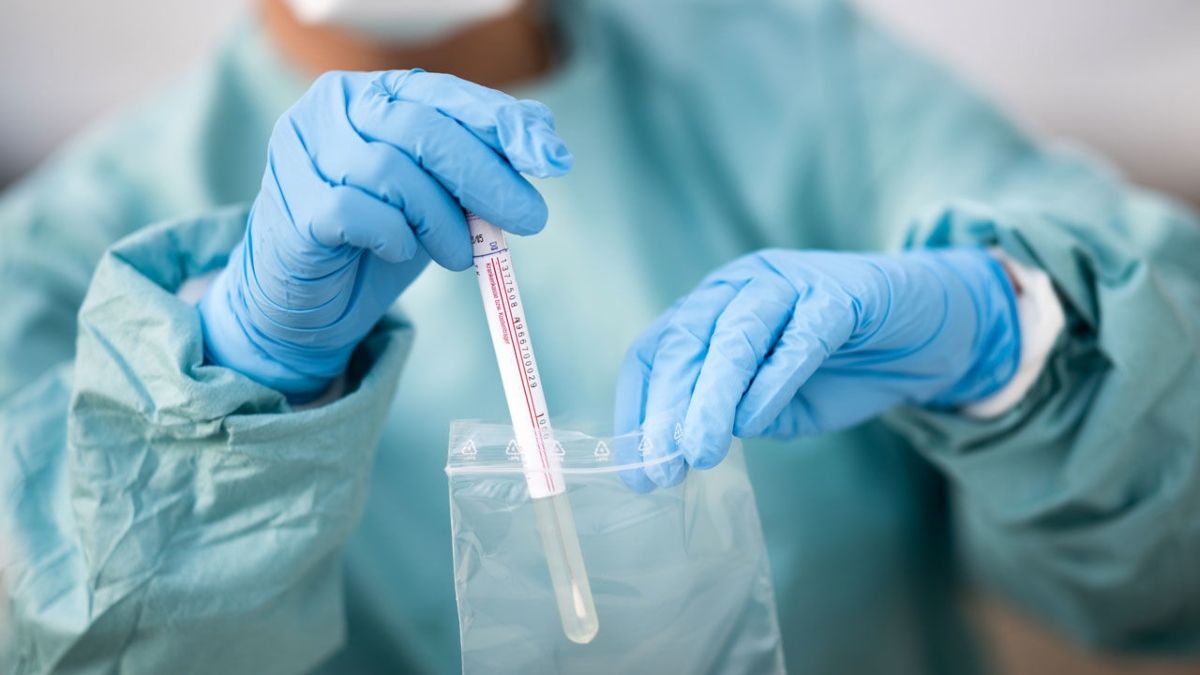New Delhi: The rising cases of COVID19 have wreaked havoc across the globe putting severe burden on the healthcare systems, and at a time like this, innovative self-testing method for coronavirus is the need of the hour where one can get easy and quick results. For instance, our country has ICMR-approved COVID-19 self-test kit that can provide results for infection in mere 15 minutes.
On the same lines, recently, researchers from the University of Florida and Taiwan’s National Chiao Tung University, have developed a rapid and sensitive testing method for Covid-19 biomarkers, according to the American Institute of Physics. Interestingly, their sensor system provides detection within one second. Yes, you read that right! The system is described in a study In the Journal of Vacuum Science & Technology B.
“This could alleviate slow Covid-19 testing turnaround time issues,” Minghan Xian, study author and a doctoral candidate at the University of Florida, is quoted as saying in a press release from the American Institute of Physics, which publishes the journal.
How is the test conducted?
Detecting the presence of the virus requires amplifying the numbers of the biomarker (such as the copies of viral RNA in the common RT-PCR technique for Covid-19 detection) or amplifying the binding signal for a target biomarker. Well, the group uses the second technique.
Here’s how it is done.
The test uses a biosensor strip that is similar to commercially available glucose test strips in shape. At the tip is a small microfluidic channel to introduce the test fluid. “Within the microfluidic channel, a few electrodes are exposed to fluid. One is coated with gold, and Covid-relevant antibodies are attached to the gold surface via a chemical method,” Xian is quoted as saying.
During measurement, sensor strips are connected to a circuit board via a connector, and a short electrical test signal gets sent between the gold electrode bonded with Covid antibody and another auxiliary electrode. This signal is then returned to the circuit board for analysis.
While the system’s sensor strips must be discarded after use, the test circuit board is reusable. This means the cost of testing may be greatly reduced.
Isn’t this phenomenal? We need more such creative methods to be able to detect the infection much quickly and efficiently to ease the burden of our healthcare workers.
